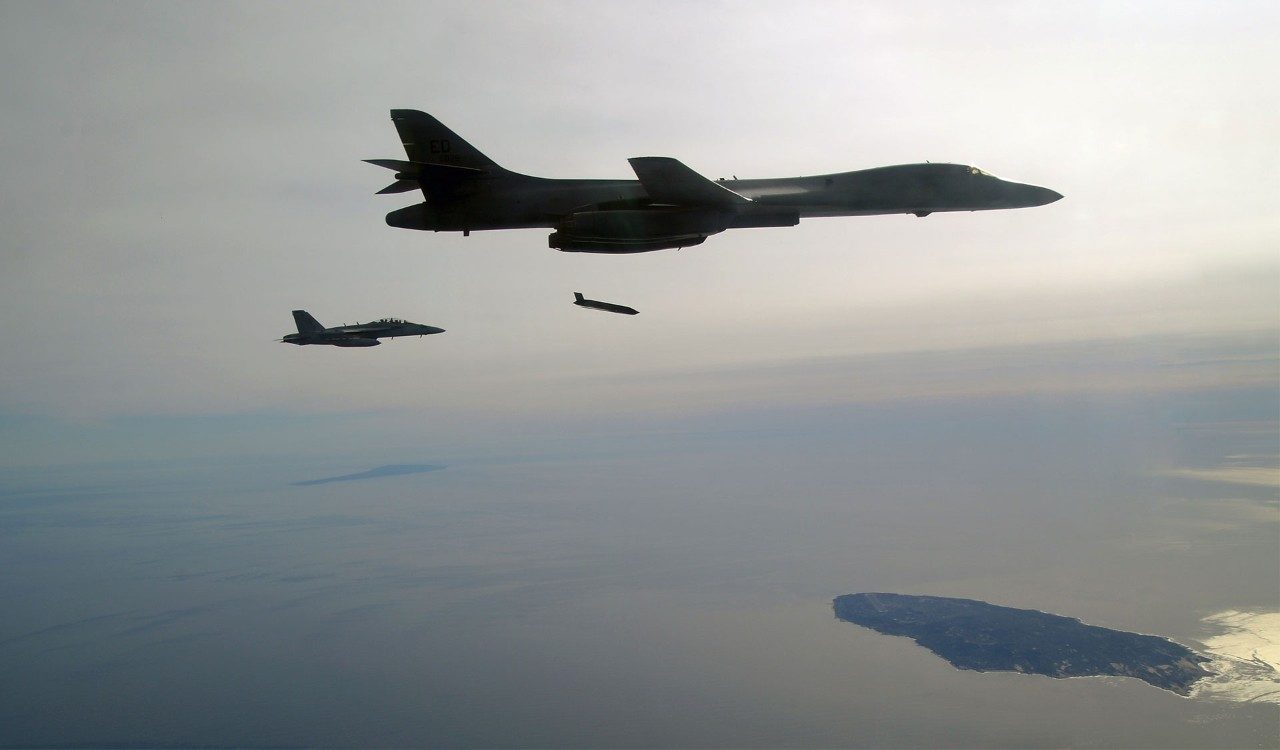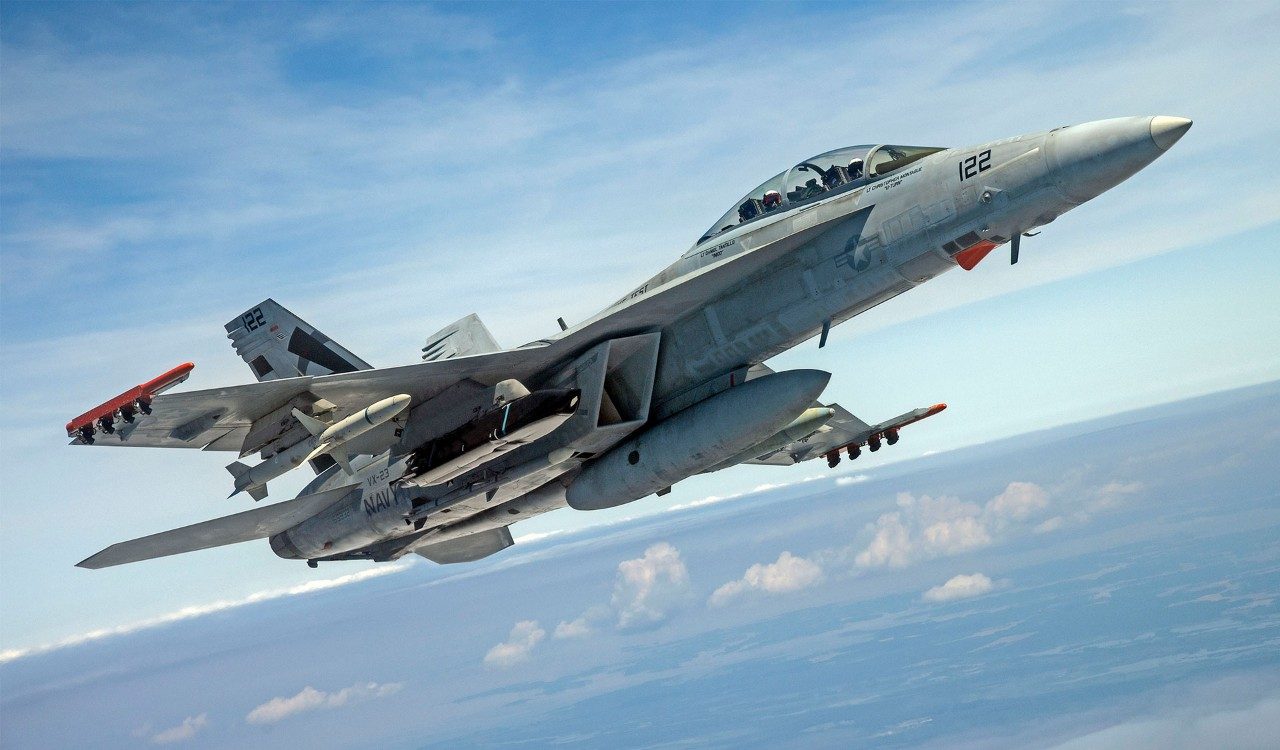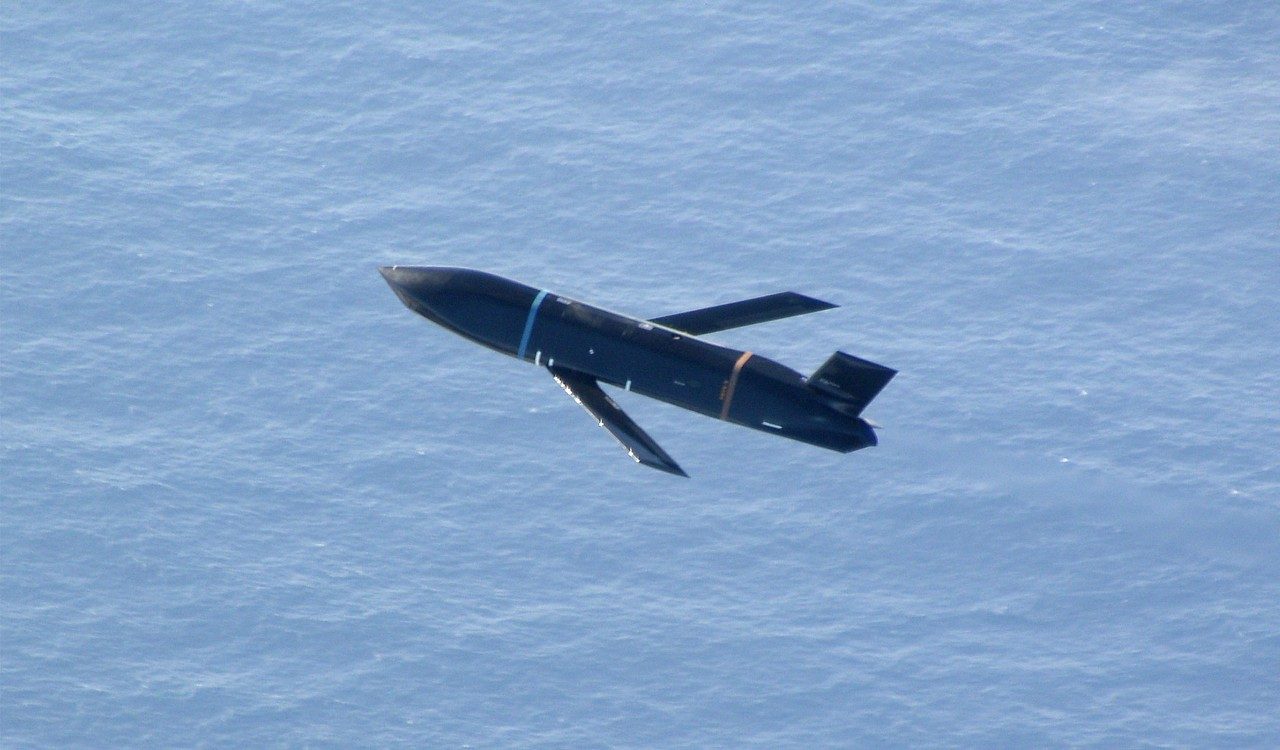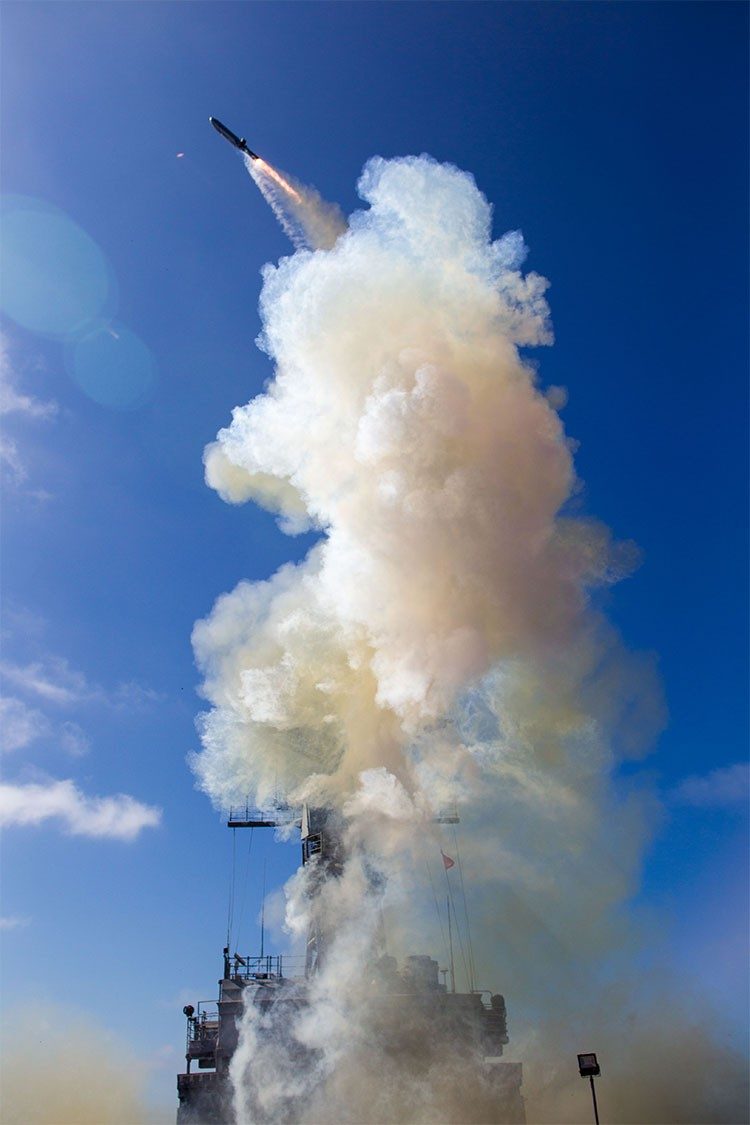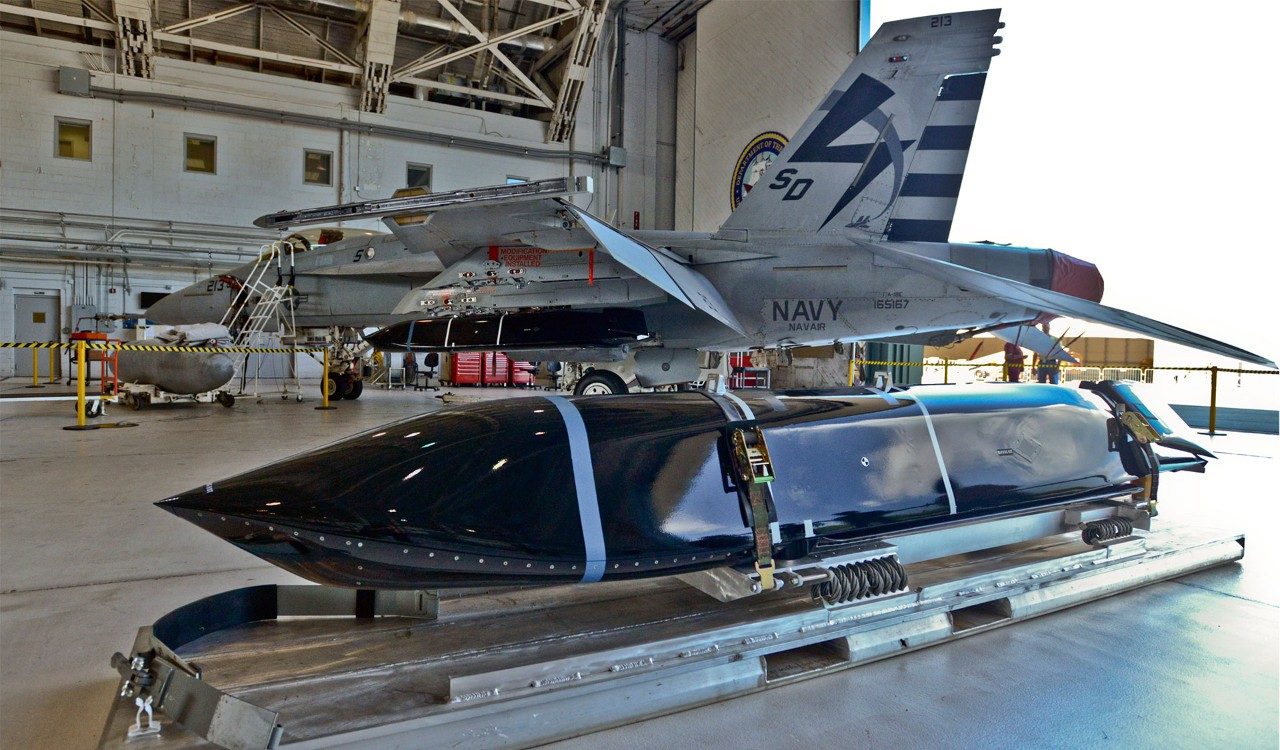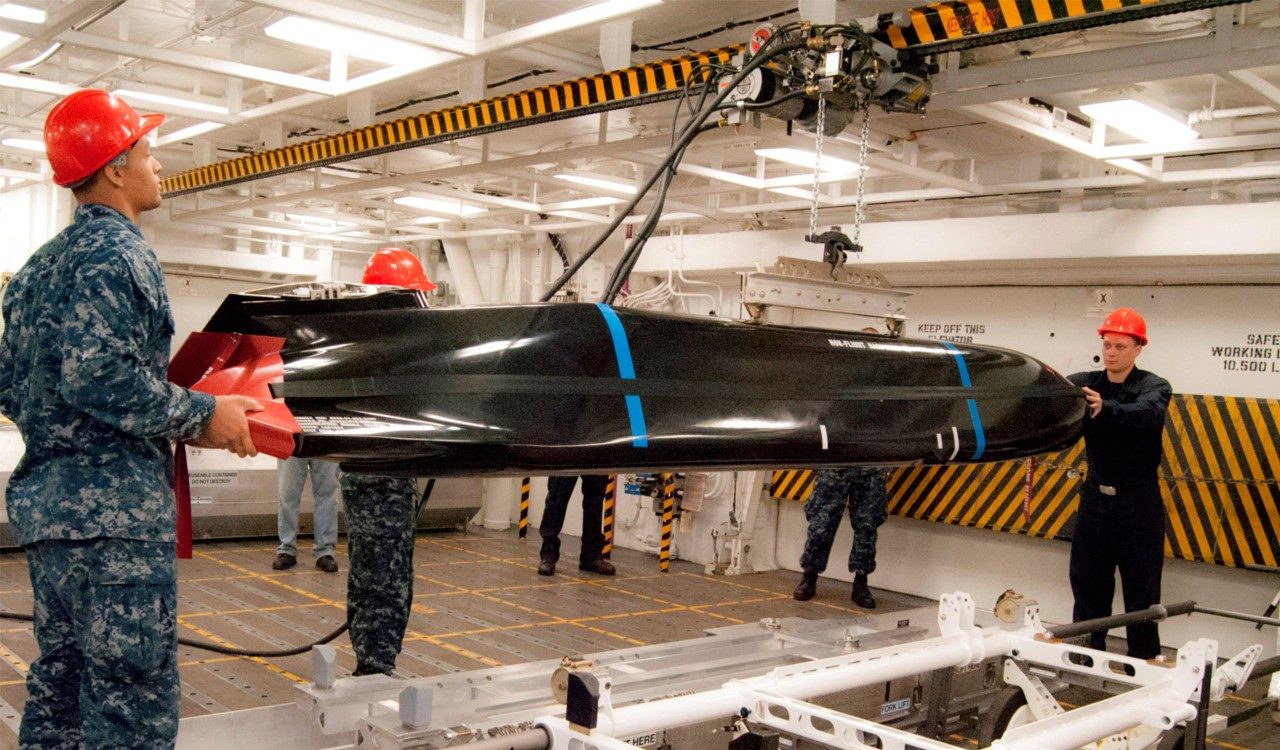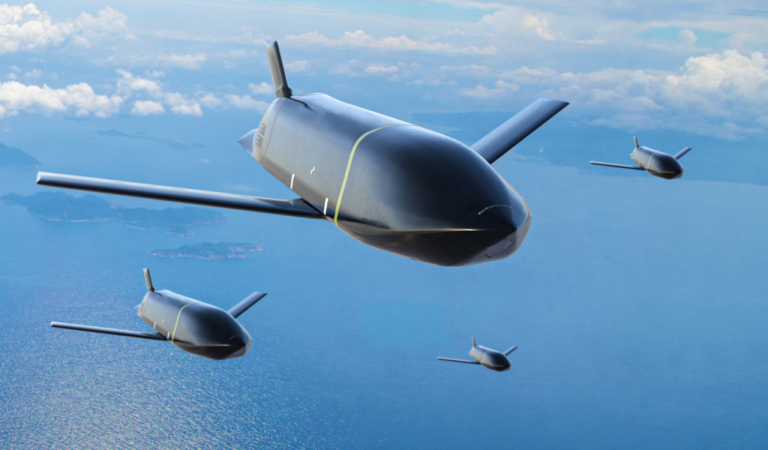LRASM: Long-range anti-surface cruise missile.
Our warfighters must be able to deter and defend, which is the core focus of LRASM. In order to penetrate today’s sophisticated integrated air defense environments anti-ship missiles must be able to employ considerable precision routing, guidance and stealth, day or night and in all weather conditions. Derived from the combat-proven Joint Air-to-Surface Standoff Missile (JASSM), LRASM is a precision-guided intelligent anti-ship missile design to interdict a variety of surface threats at very long range, navigating semi-autonomously to the target, and delivering a precise payload from safe, standoff range.
Multi-platform, multi-role, multi-mission.
Lockheed Martin is currently executing the Accelerated Acquisition contract for the LRASM Deployment Office, further maturing technologies delivered as an early operational capability for the U.S. Air Force B-1B and U.S. Navy F/A-18E/F.
We are also investing in a surface-launch variant to be used by the VLS, currently in the fleet.
LRASM brings additional, advanced long-range sea and land strike capabilities to the 5th Generation F-35 fleet, with initial fit checks completed and ongoing integration efforts.
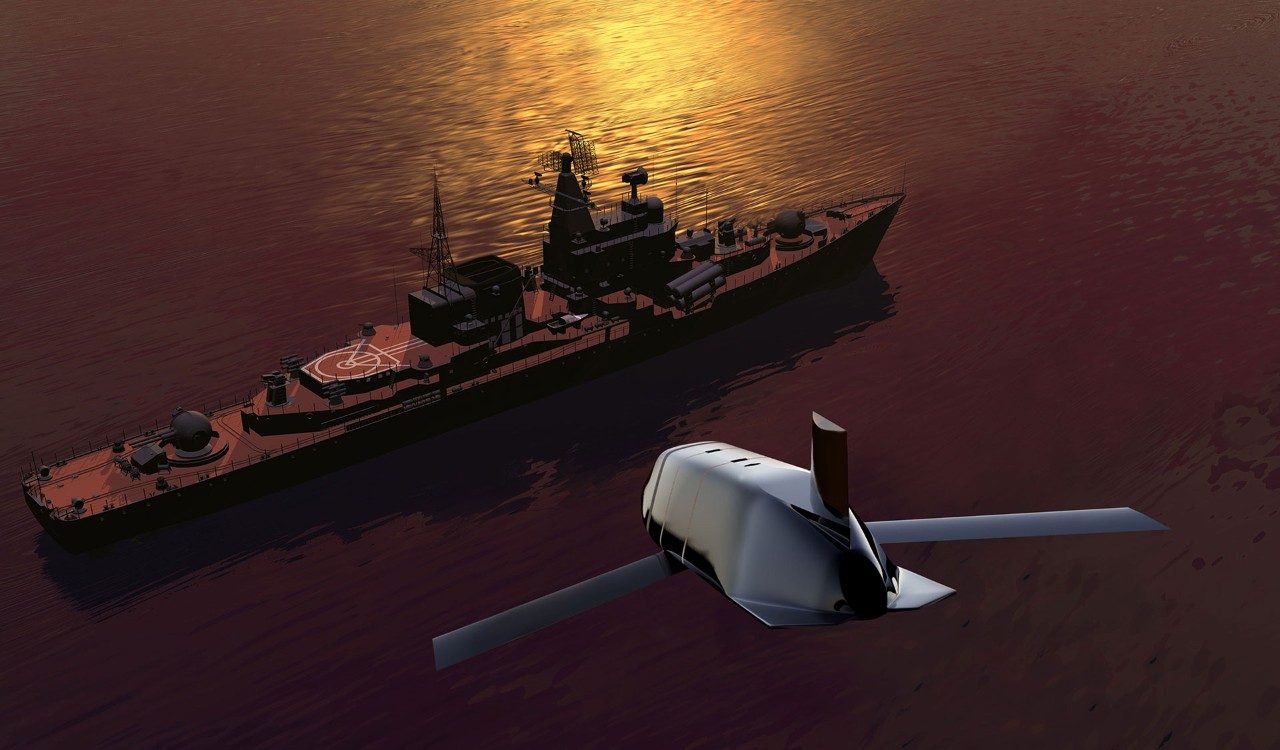
LRASM technology will reduce dependence on ISR platforms, network links, and GPS navigation in aggressive electronic warfare environments. This advanced guidance operation means the weapon can use gross target cueing data to find and destroy its pre-defined target in denied environments. Precision lethality against surface and land targets ensures the system will become an important addition to the US Navy warfighter’s arsenal. LRASM provides range, survivability, and lethality that no other current system provides.
LRASM Air Launched Flight Testing
LRASM successfully completed B-1B integration and flight testing, leading the way to an early operational capability (EOC) declaration by the U.S. Air Force in December 2018. The program now marches on with F/A-18E/F flight testing leading to an EOC milestone in 2019.
LRASM Boost Test Vehicle flight from Mk 41 Vertical Launch System
The successful LRASM Boosted Test Vehicle (BTV) flight on 4 Sep '13 at WSMR Desert Ship Range, demonstrated a LRASM launch from a MK 41 VLS canister using the proven Mk-114 booster. Lockheed Martin is investing in the surface-launch LRASM effort to reduce program risk and accelerate time to fielding an OASuW capability on US Navy surface combatants. LRASM can be employed from DDGs and CGs with only software modifications to existing launch control systems. LRASM is the low-risk and low-cost solution for our naval warfighter.




